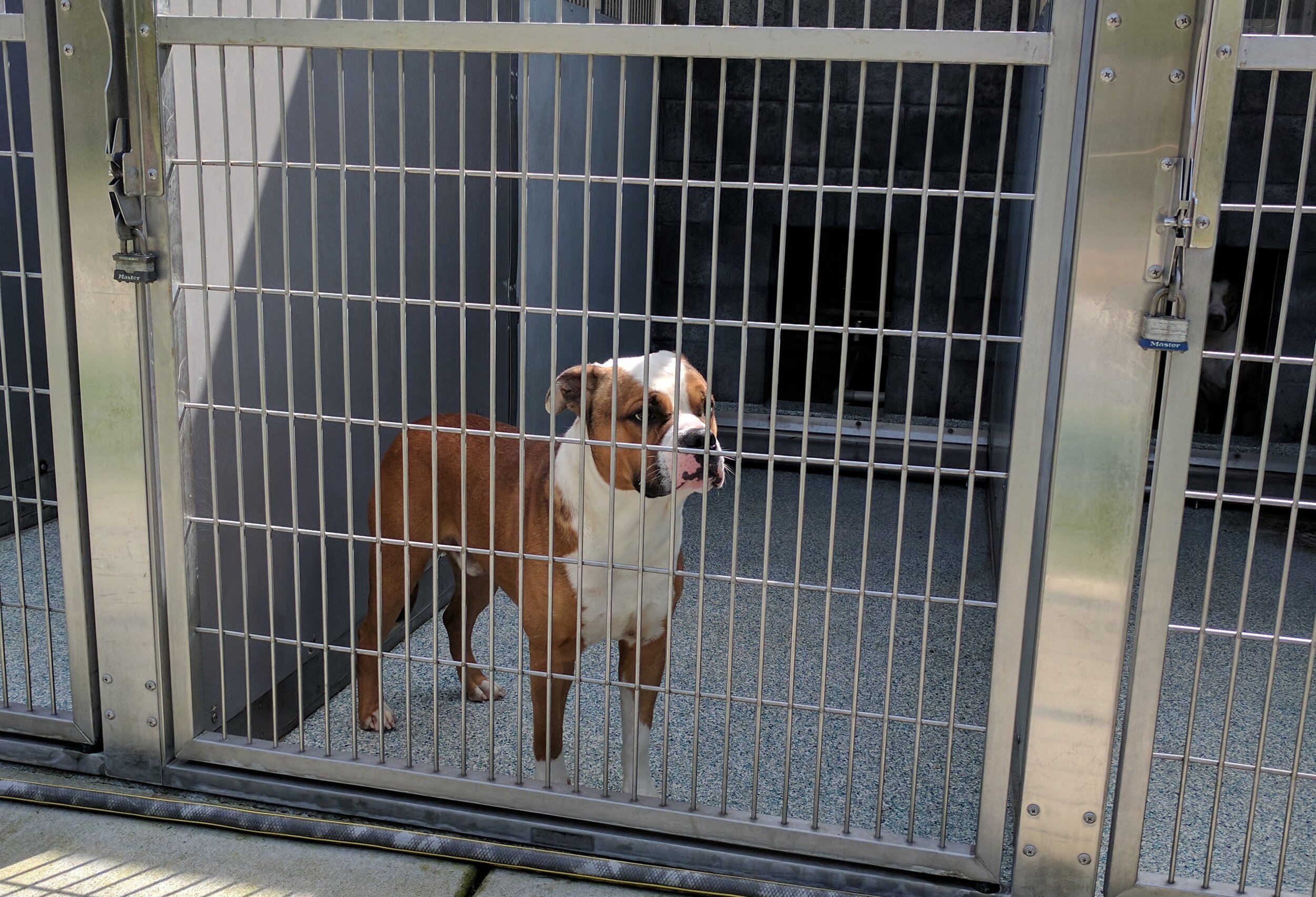No-kill, COVID, and "bad" dogs - Part 1
In which Jill acknowledges COVID’s silver lining and argues on behalf of the outliers.
Nobody celebrates a pandemic.
But in the animal welfare world, COVID has meant nothing less than disruptive innovation. From intaking animals to providing medical care to keeping pets in their homes to using digital means of finding fosters and adopters, once-clunky procedures are suddenly streamlined.
Conversations about the role of the community in animal rescue as well as the potential of technology to automate heretofore slow, manual work are happening in earnest. From telehealth to virtual meet-and-greets via Zoom to the use of artificial intelligence to balance regional animal populations, the ability to find families for homeless pets has moved us even closer to a no-kill future.
What is “no-kill”?
There are debates about the definition of “no-kill.” Usually it means that an animal shelter’s live release rate is around 90 percent of the animals entering its care. More shelters are reaching this goal, and they should be justifiably proud.
No-kill skeptics counter that, in efforts to meet this goal, animal shelters and sanctuaries will likely end up warehousing animals that aren’t as adoptable, leaving them to deteriorate in captivity with no promise of a future beyond the four walls of their cages. Indeed, even with the rise of COVID adoptions, many animals languish, largely unseen.
COVID-19 hit.
Before COVID, you could walk into many shelters and be confronted with buildings full of healthy animals, many scheduled to die for space. When COVID hit, people found themselves at home and newly able to care for a pet. As a result, a record number of shelter kennels were vacated.
Despite the widespread rejoicing—fueled by the popular press scavenging for “good news” pieces—few shelters emptied all their cages. What was left? Litters of kittens, sick and senior animals, and large breed behavior dogs.
What’s a “behavior” animal?
Animals with perceived behavior issues are often the first to be euthanized. A “behavior dog” could mean many things. A dog with a bite history, for instance. One who is declining due to kennel stress. A dog who is afraid of humans. Or one with a prey drive. Even a terrified dog who shows no sign of aggression but simply shakes in her kennel is often written off as a behavior case.
A shelter is a loud and scary place for any animal, and there are behavior cats as well. Cats who are confined in small cages become frustrated at the lack of space and privacy. They can often become anti-social, even lashing out at their caretakers. Shelter staff and cat lovers tend be more tolerant of such behaviors, many of which are considered temporary until the cat is adopted.
Behavior dogs rarely get the benefit of the doubt. Behavior animals aren’t discussed as frequently in the animal welfare world, and shelters have been known to quietly kill dogs who enter their system with perceived aggression or resource guarding problems without ever making the public aware.
It’s tough for behavior dogs.
Indeed, the argument has been: Why keep behavior dogs around and let them sap resources that could be helping more adoptable pets? But as those adoptable pets get snapped up by an increasingly adoption-savvy public, behavior dogs will represent an outsized portion of the shelter population.
Rescues who save and rehabilitate behavior dogs are few. Liability, expertise, and general support issues prevent many well-meaning rescuers from taking on the challenge and expense of assessing and training these dogs. As the relative percentage of these dogs increases, more resources need to be dedicated to their rehabilitation and visibility, while educating the public about their potential.
Continue on to Part 2 of this post.

